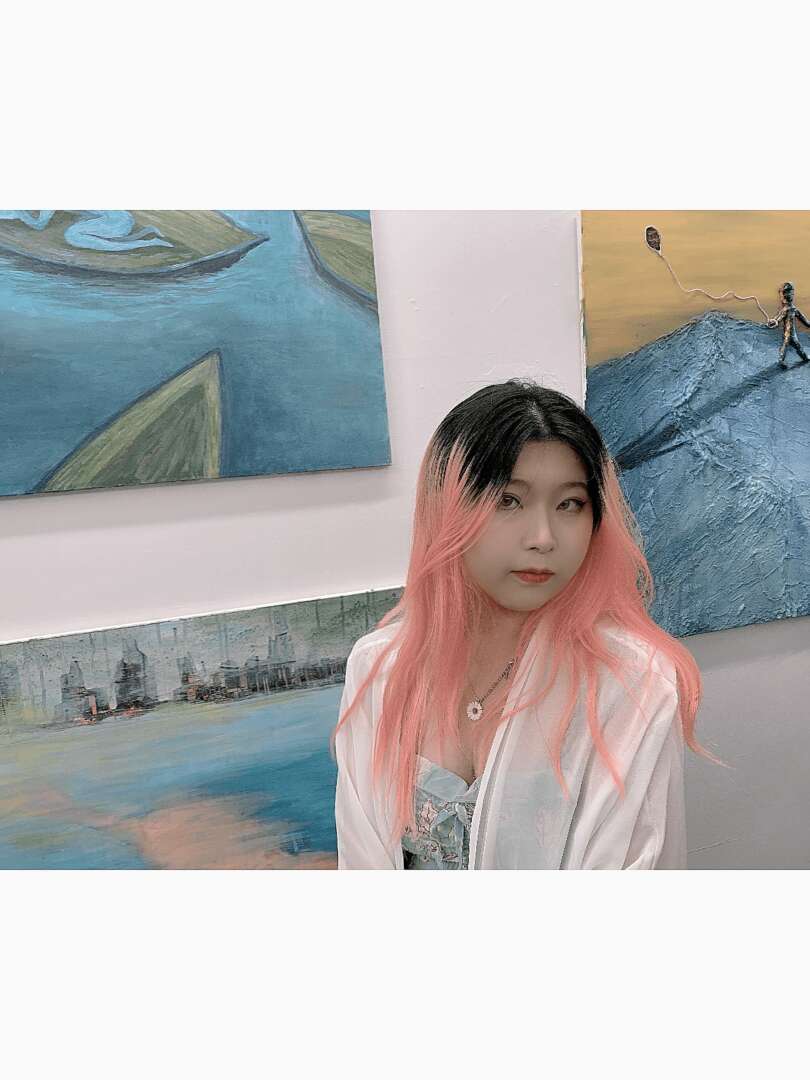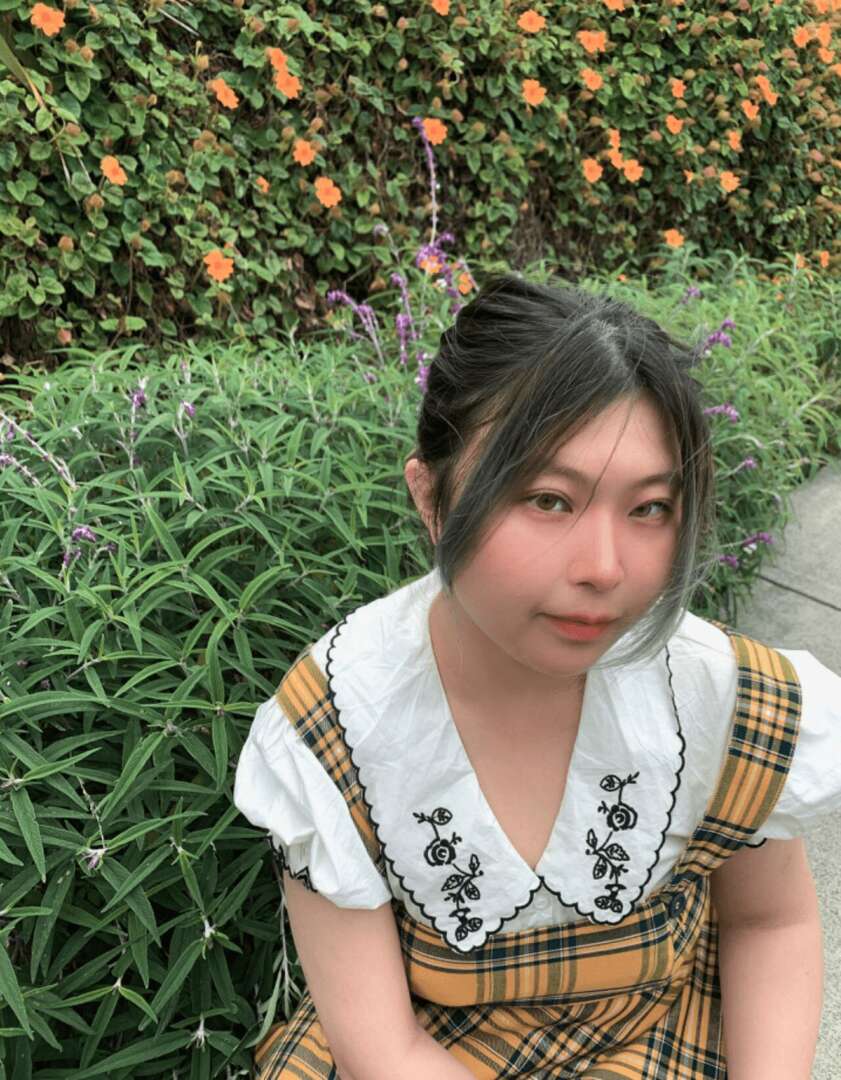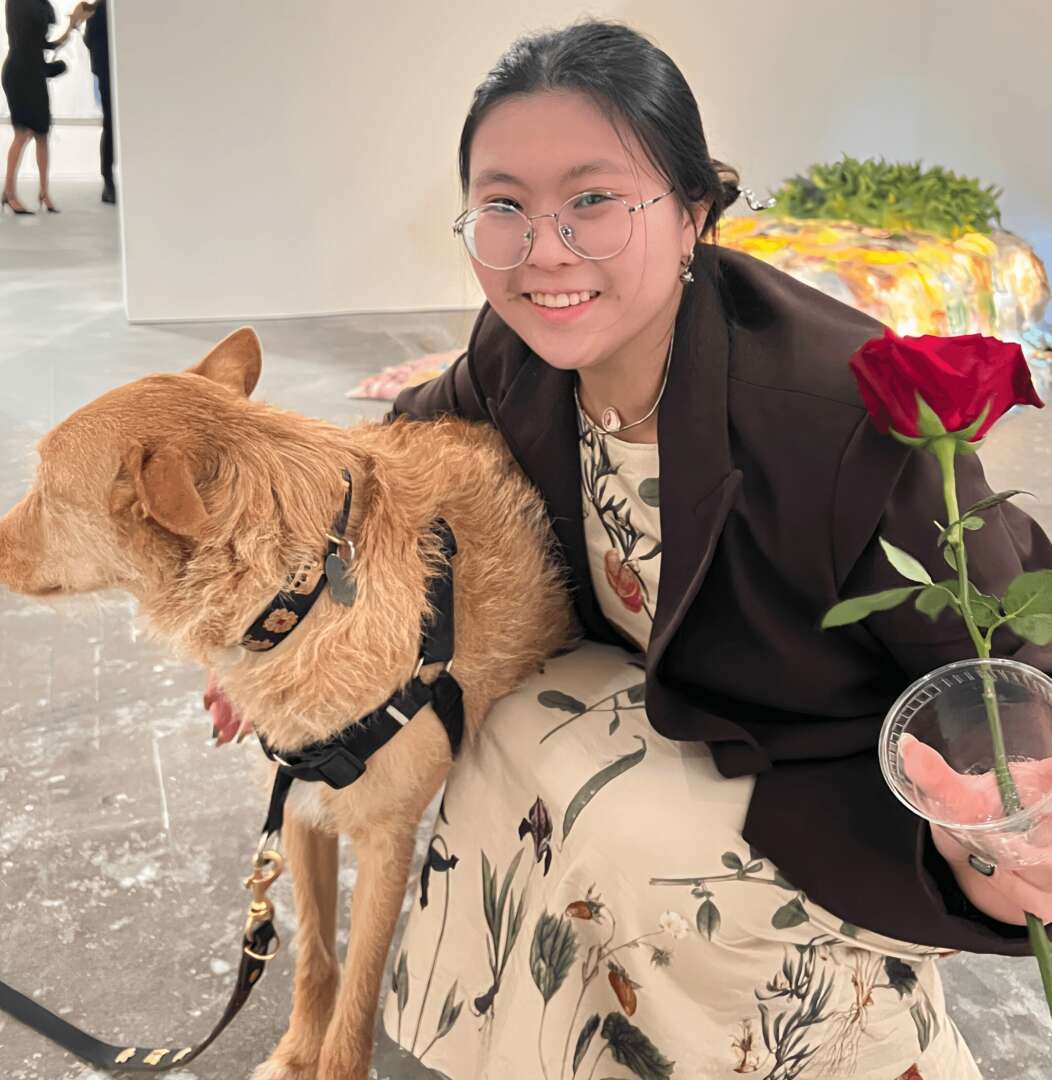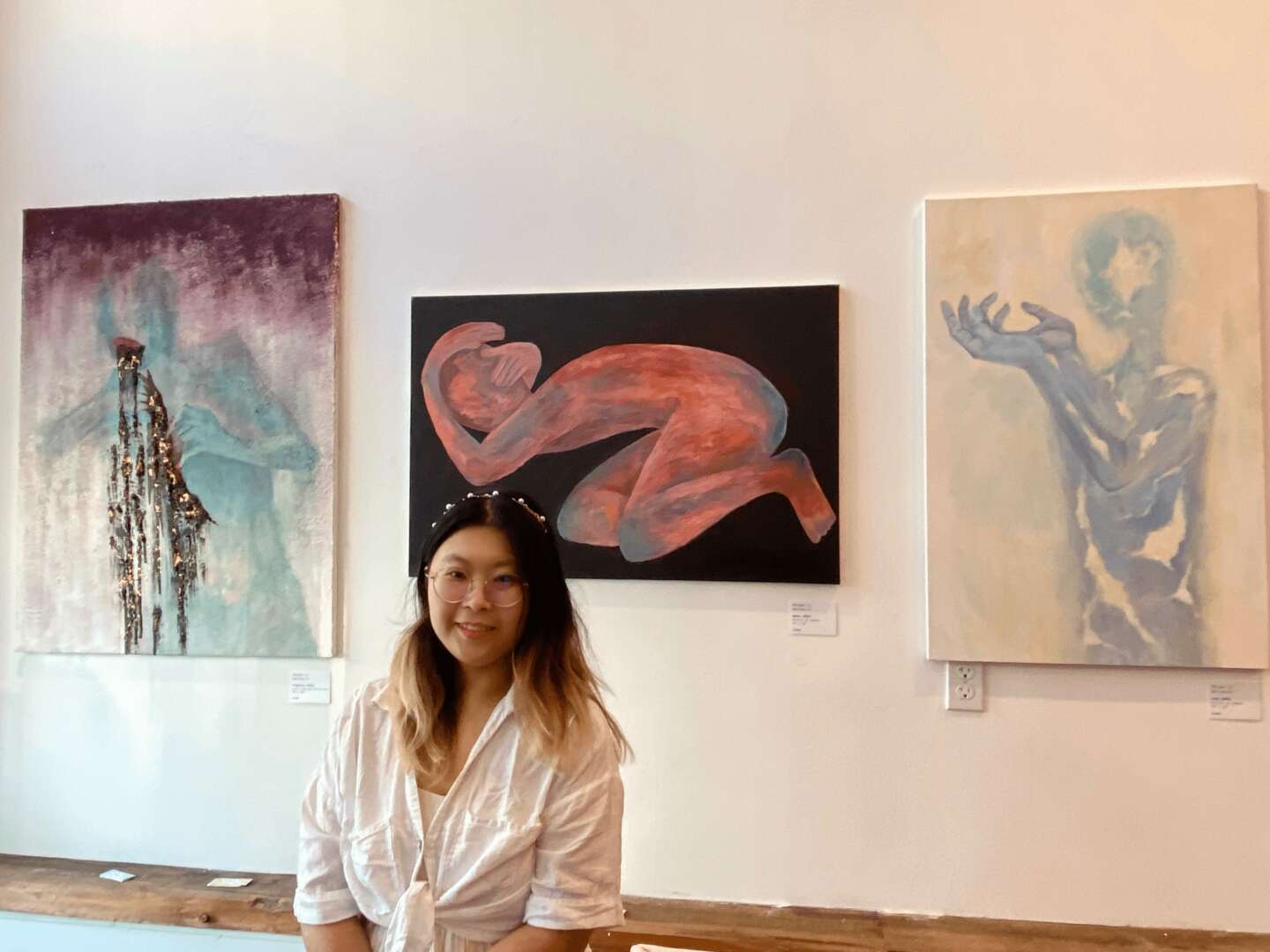Alright – so today we’ve got the honor of introducing you to Peipei Li. We think you’ll enjoy our conversation, we’ve shared it below.
Peipei, thanks for taking the time to share your stories with us today We’d love to hear about when you first realized that you wanted to pursue a creative path professionally.
When I was nine years old, my teacher asked us in class what we wanted to be in the future. At that time, I loved drawing very much and hoped to do what I loved forever. Ideally, I could make it my lifelong career and never stop painting. So, I said that I wanted to become a painter.
This was the first time I had the idea of becoming an artist as my life’s goal. However, as I grew older and learned more about what it takes to become an artist, I started to have second thoughts. I realized that the challenges and difficulties of becoming a full-time artist were far greater than I had imagined. Achieving this goal requires not only excellent skills (which is perhaps the easiest part) but also the patience to endure loneliness for a long time and the perseverance to persist before achieving success.
At that time, I had the idea of stepping back and gave up my original dream. Therefore, I did not choose Fine Art as my undergraduate major but opted for Illustration, which had better job prospects.
However, after completing my undergraduate studies, when faced with new choices, I thought of my original intension again. The four years of studying illustration did not make me forget the joy of painting. Compared to digital drawing, I missed the feeling of using paint on canvas more. Also, compared to drawing illustrations of specified subjects, I preferred creating works that expressed my own inner thoughts.
I still worry that I might not do well enough, that my works might not be liked, my skills might not be refined enough, and I might eventually give up because I couldn’t bear the loneliness of creating alone. But more than these, I hope I can make choices now that I won’t regret and create as many works as possible while enjoying.
So, I chose the Fine Art major, and currently, I am pursuing the goal of becoming a full-time artist.
This is the story of when I first realized I wanted to be a full-time artist and the first time I decided to pursue that path.

As always, we appreciate you sharing your insights and we’ve got a few more questions for you, but before we get to all of that can you take a minute to introduce yourself and give our readers some of your back background and context?
My main forms of artistic expression are painting, performance art, and installation art. When I first started studying fine arts, painting was my best way to express myself. But as I learned more, I wanted to do more than just use acrylic on canvas. I began trying different materials like latex, sand, and mirrors in my paintings. These materials added rich textures to my work, giving it more layers and inspiring me with new ideas.
During this stage, I focused on creating works that express emotions. Inspired by my own experience with depression, I created a series of artworks that explore the theme of loneliness. These works aim to capture and convey deep emotions, helping the audience to feel the reality of loneliness and depression through art.
After that, I started exploring other ways to express myself beyond painting. I moved beyond flat surfaces and began creating three-dimensional installation pieces and recording these works as video art. This process gave me new insights and ideas about how to express myself. So, I started using my own body as part of my art, beginning my journey into performance art.
I believe the most valuable part of performance art is that the artist is not just the creator but also part of the art itself. In performance art, the artist and the art become one. This creates a unique interaction between the artist and the audience, making the artwork more lively and emotional. This interaction makes the art richer and more diverse, allowing the audience to deeply feel the power of the art.
Creating performance art has helped me connect more deeply with both my own feelings and with my audience. This experience led me to shift my focus to exploring the relationships between people and the connections between individuals and society.

Is there something you think non-creatives will struggle to understand about your journey as a creative?
This is a very interesting question. Actually, I think it’s not just non-creative people who have a hard time understanding the journey of creative people; often, creative people also find it hard to understand non-creative people. This misunderstanding comes from differences in upbringing, interests, and work environments, but I don’t think it’s a big problem.
In my view, “identity” is free and changeable. Any non-creative person might one day be drawn to the charm of creativity and join a creative field. Similarly, any creative person might choose a more stable but non-creative path for various reasons.
As someone currently working in the art industry, I really value my art work and life. I hope to create as many interesting and meaningful pieces as possible while I still have a lot of passion, energy, and creativity. I believe this creative process not only enriches my personal experience but also brings deep thoughts and connections to the audience.

Are there any books, videos or other content that you feel have meaningfully impacted your thinking?
Tao Te Ching and Zhuang Zi are very important books that have influenced my creation. Taoist thought has always been the core idea of my creation.
In Zhuangzi’s “Inner Chapters,” there is a story titled “Seven Holes of Hundun.” Hundun, also known as Chaos, is a primeval being or a deity in Chinese mythology, often symbolizing the undifferentiated chaos that existed before the world took its current form. In the story, Hundun is described as the ruler of the central region, with two other rulers, Shu (the Emperor of the South Sea) and Hu (the Emperor of the North Sea), existing in adjacent realms. Shu and Hu are said to meet frequently in Hundun’s domain, where Hundun treats them with great hospitality and kindness. In appreciation of Hundun’s generosity, Shu and Hu decide to repay him. They notice that Hundun, unlike other beings, lacks the seven openings (eyes, ears, nostrils, and mouth) that are essential for sensory perception and life functions in humans and animals. Believing it to be a deficiency, Shu and Hu decide to drill these seven openings in Hundun. Over seven days, they drill one opening each day. However, on the seventh day, after all the holes are created, Hundun dies. This outcome is tragic and ironic, as the well-intentioned efforts of Shu and Hu to ‘improve’ Hundun result in his demise.
This story parallels the relationship between a family and a newborn or society and a new individual. In Taoist philosophy, “Hundun” means “Chaos” and represents an unstructured state. Laozi believed all things, including humanity, originated from Hundun. Zhuangzi claimed Hundun symbolized the ideal, harmonious state at birth.
A person is born like Hundun, without desires or needs. However, society imposes its standards, much like Shu and Hu did. As society influences newborns, they conform and lose their original nature. Just as Hundun died after gaining the orifices, this process stifles one’s true self, making individuals conform to societal norms while losing their unique identity.
So in my Painting, the characters I paint all lack some facial features, just like HunDun. I use such works to express the conflict between the individual’s natural state and social expectations.
Contact Info:
- Website: https://www.popos.world
- Instagram: https://www.instagram.com/peipei.world/






